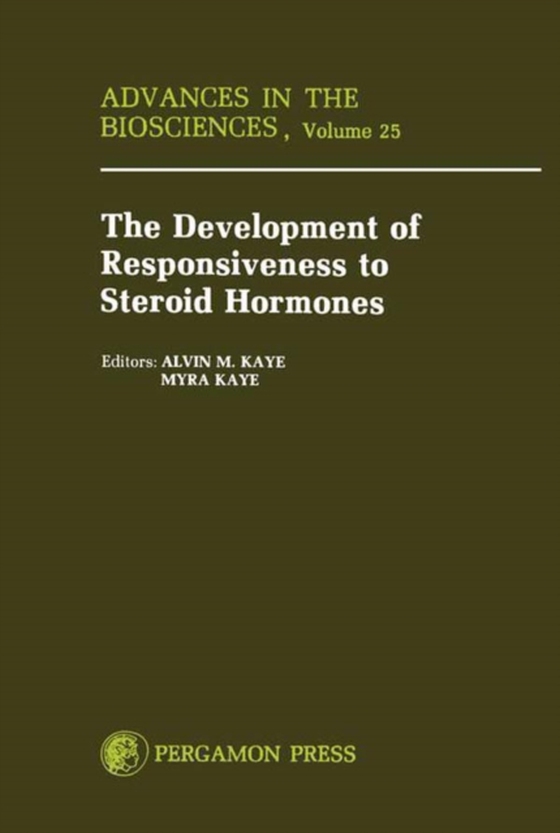
Development of Responsiveness to Steroid Hormones e-bog
473,39 DKK
(inkl. moms 591,74 DKK)
Development of Responsiveness to Steroid Hormones is a collection of papers presented at the Bat-Sheva Seminar of the same name which was held in Rehovot, Israel, on October 18-26, 1978 and sponsored by the Bat-Sheva de Rothschild Foundation for the Advancement of Science in Israel in cooperation with The Weizmann Institute of Science. Contributors explore how the steroid receptor complex modul...
E-bog
473,39 DKK
Forlag
Pergamon
Udgivet
22 oktober 2013
Længde
494 sider
Genrer
Endocrinology
Sprog
English
Format
epub
Beskyttelse
LCP
ISBN
9781483153087
Development of Responsiveness to Steroid Hormones is a collection of papers presented at the Bat-Sheva Seminar of the same name which was held in Rehovot, Israel, on October 18-26, 1978 and sponsored by the Bat-Sheva de Rothschild Foundation for the Advancement of Science in Israel in cooperation with The Weizmann Institute of Science. Contributors explore how the steroid receptor complex modulates transcription of RNA and cover topics ranging from the sequential acquisition of responsiveness to estrogen in the rat uterus to the ontogeny of steroid receptors in the guinea pig. This book is comprised of 29 chapters and begins with a review of estrogen and estrogen effects in rat uterus and pituitary in culture. The embryonic chick Mullerian duct and several fetal guinea pig organs are then considered, followed by discussions on mammalian and chick liver, multi-hormonal control in rat liver; progesterone and decidualization; and rat mammary gland in culture. Glucocorticoids in developing pancreas, lung, and liver are examined, along with ecdysteroids in both locusts and Drosophila. Refractoriness is exemplified by gonadotropin action in the ovary. The remaining chapters deal with the role of steroid hormone receptors in brain development; the neural trigger for ovulation; aromatization and development of responsiveness of the brain to gonadal steroids; and neuroendocrine correlates of female-offspring interaction in maternal rats. This monograph will be of value to physiologists, biologists, and biochemists.
 Dansk
Dansk

